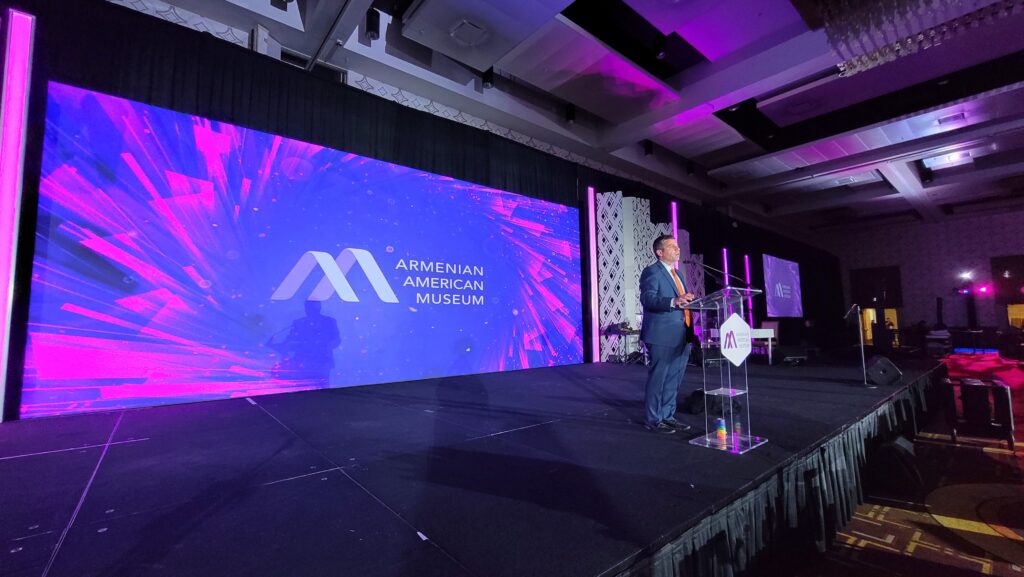Exploring the Key Elements That Influence Color Uniformity in LED Wall Screens for Optimal Display Output
Exploring the Key Elements That Influence Color Uniformity in LED Wall Screens for Optimal Display Output
Blog Article
Hue uniformity in LED wall screens is essential for achieving maximum optical performance. light-emitting diode wall screens are widely used in various environments, including musical events, meetings, and advertising displays. When the hues on these screens are consistent, they create a more engaging and immersive encounter for audiences. Several critical factors affect hue consistency, including the quality of the light-emitting diode elements, calibration processes, and environmental factors.
The caliber of the light-emitting diode elements plays a significant role in color consistency. Various types of light-emitting diodes emit light at different frequencies, which can influence the total color result. Premium light-emitting diodes are engineered to produce a more consistent light range, leading in improved hue accuracy. Additionally, the manufacturing process of these LEDs can impact their performance. Screens made with high-grade materials and techniques tend to have fewer color variations, guaranteeing that the shown pictures and videos look vibrant and true to life.
Calibration is another crucial element in maintaining color uniformity in light-emitting diode wall panels. Calibration involves modifying the settings of the screen to ensure that the hues shown align the desired design. This process can consist of fine-tuning luminosity, contrast, and color balance. Regular tuning is necessary, especially in environments where illumination conditions vary frequently. By calibrating the panels, technicians can fix any inconsistencies in color output, resulting to a more uniform viewing experience.
Surrounding conditions also influence color uniformity in LED wall screens. Elements such as surrounding light, temperature, and moisture can affect how hues are perceived. For example, bright surrounding light can dull colors, making them look more lively. Similarly, harsh temperatures can influence the performance of the LEDs, resulting to color changes. To mitigate these problems, it is essential to place LED wall screens in managed settings where lighting and temperature can be managed efficiently.
Finally, the layout and arrangement of the LED wall panels Recommended Reading can impact color uniformity. The configuration of the screens, as well as the distance from which they are viewed, can create differences in hue recognition. When screens are placed too far apart or at varied positions, audiences may detect discrepancies in color. To achieve the best optical output, it is important to consider the placement and alignment of the panels during setup. By tackling these elements, operators can guarantee that their LED wall screens provide a uniform and superior optical encounter.